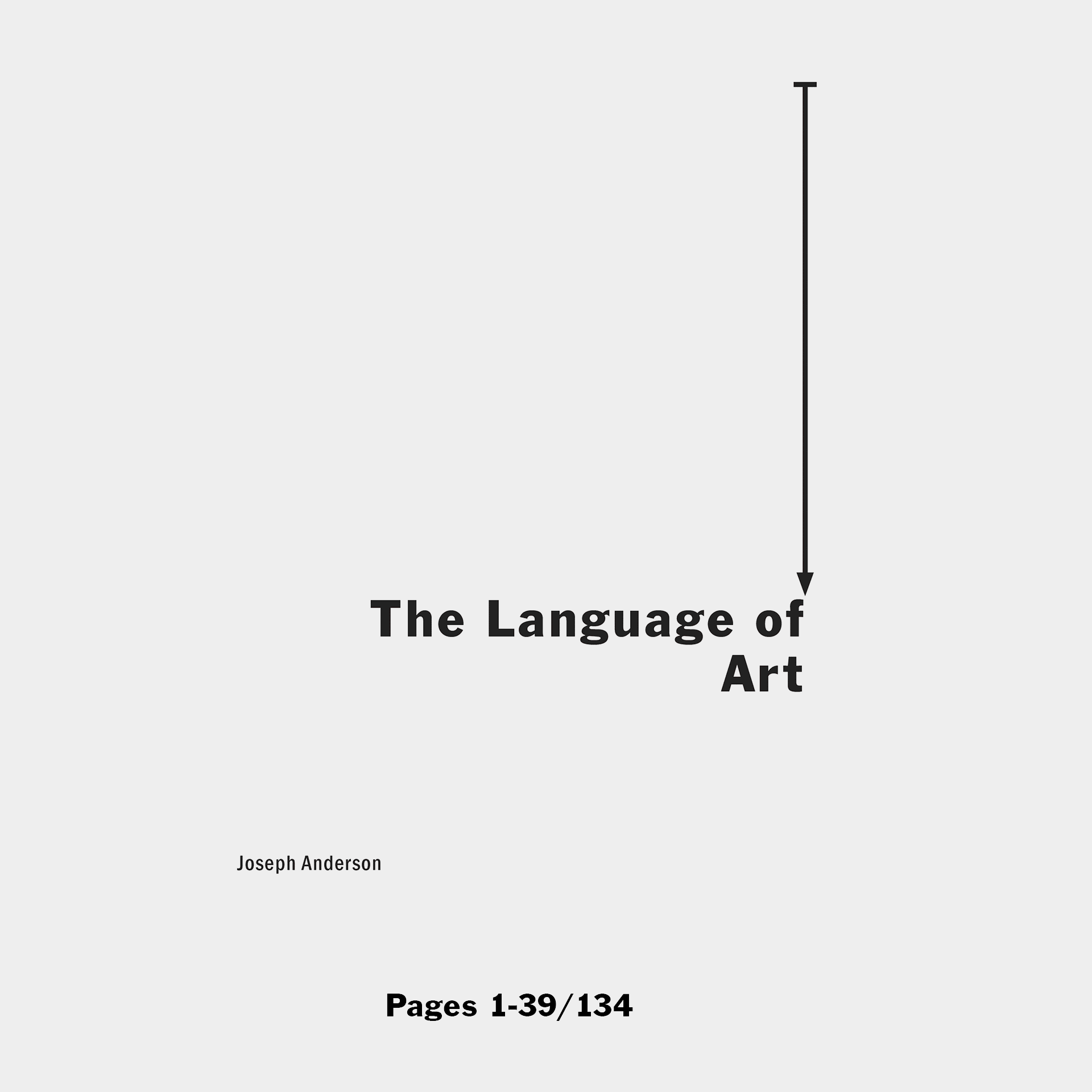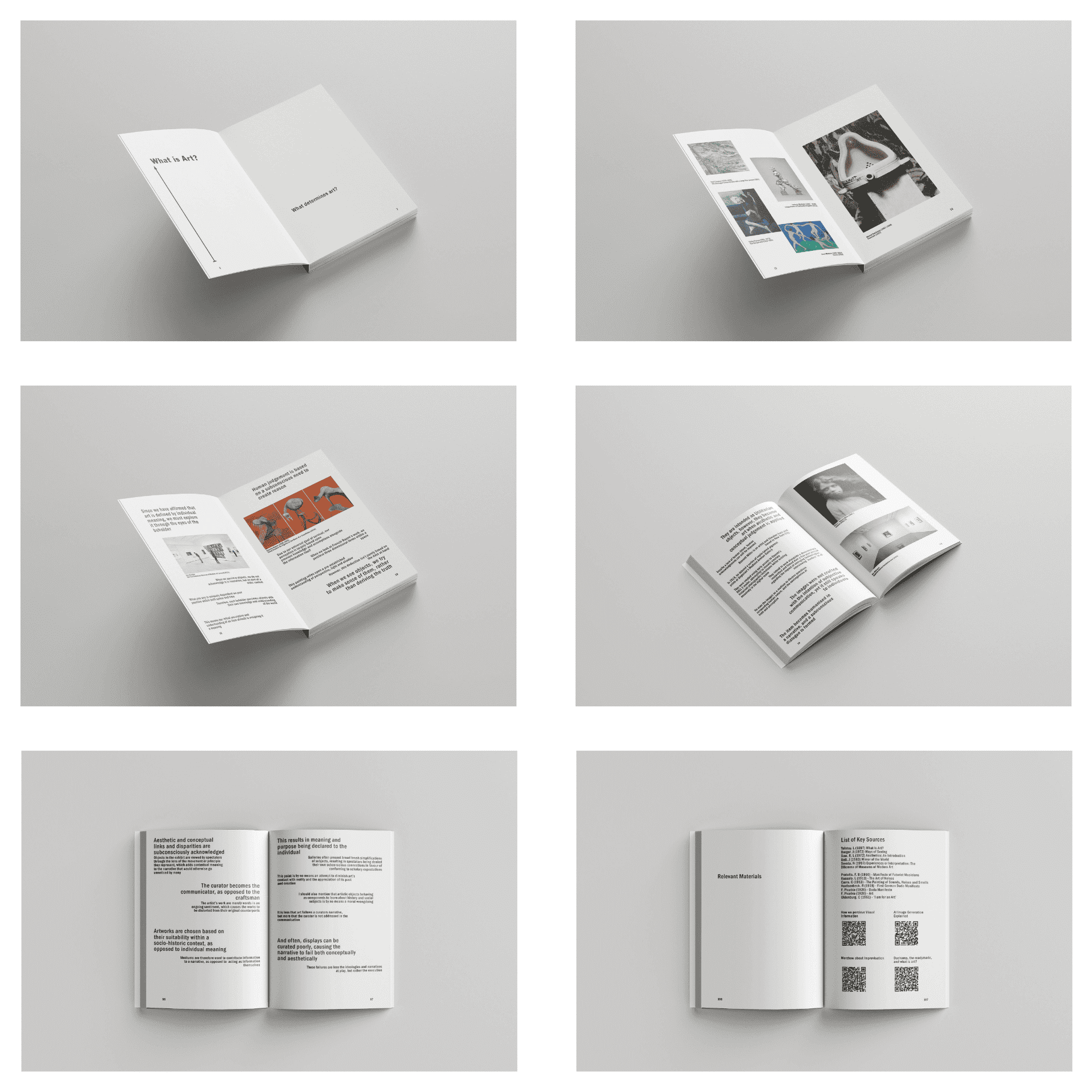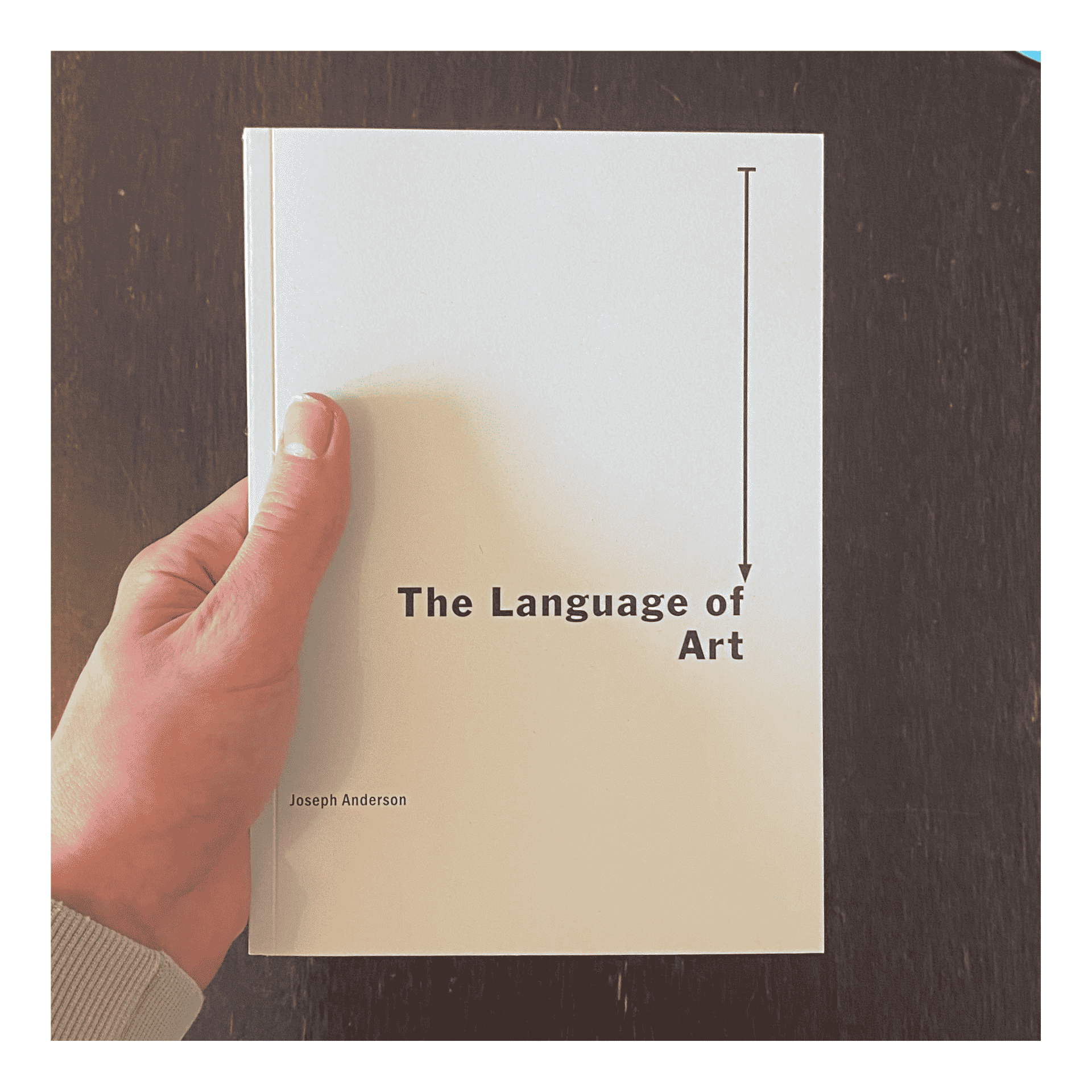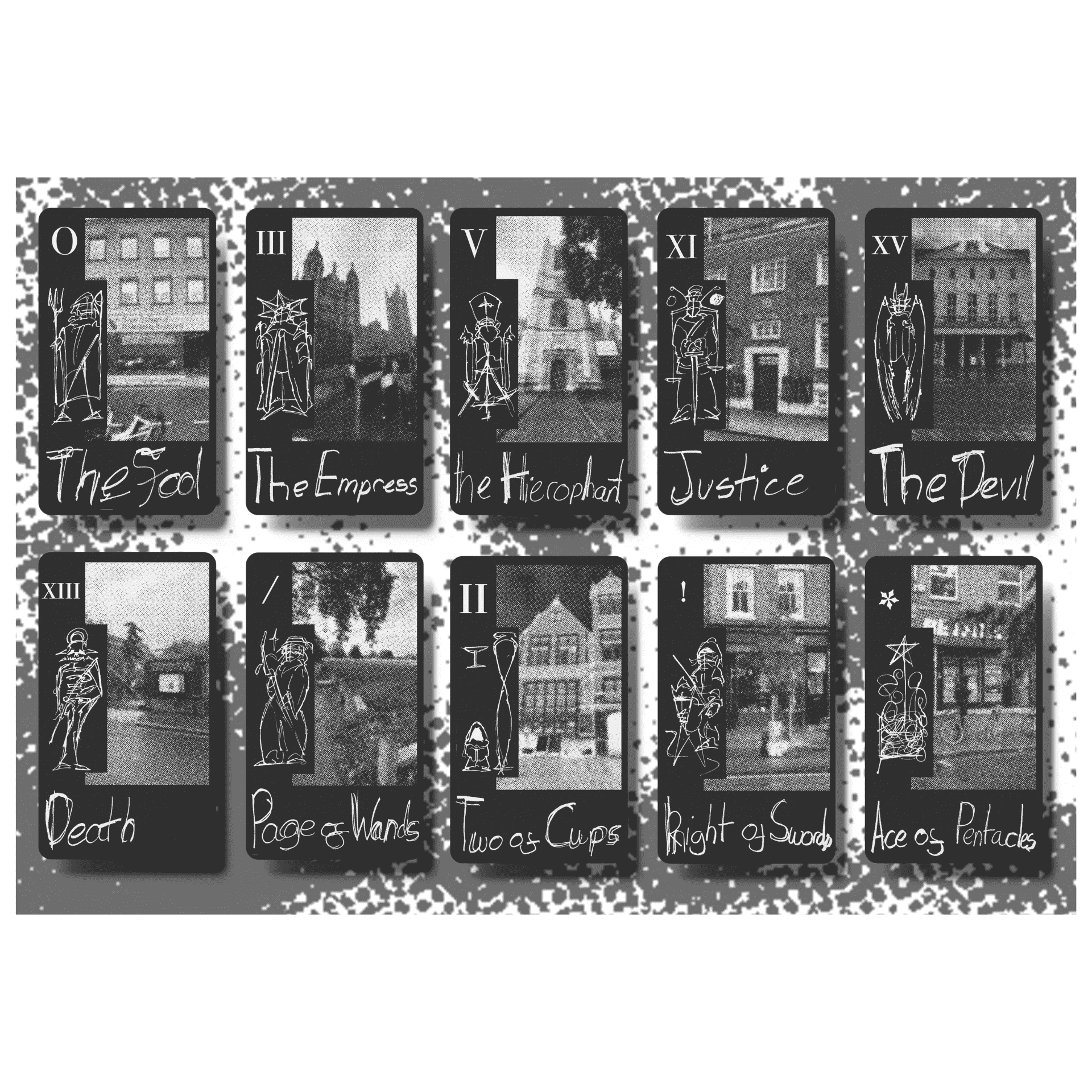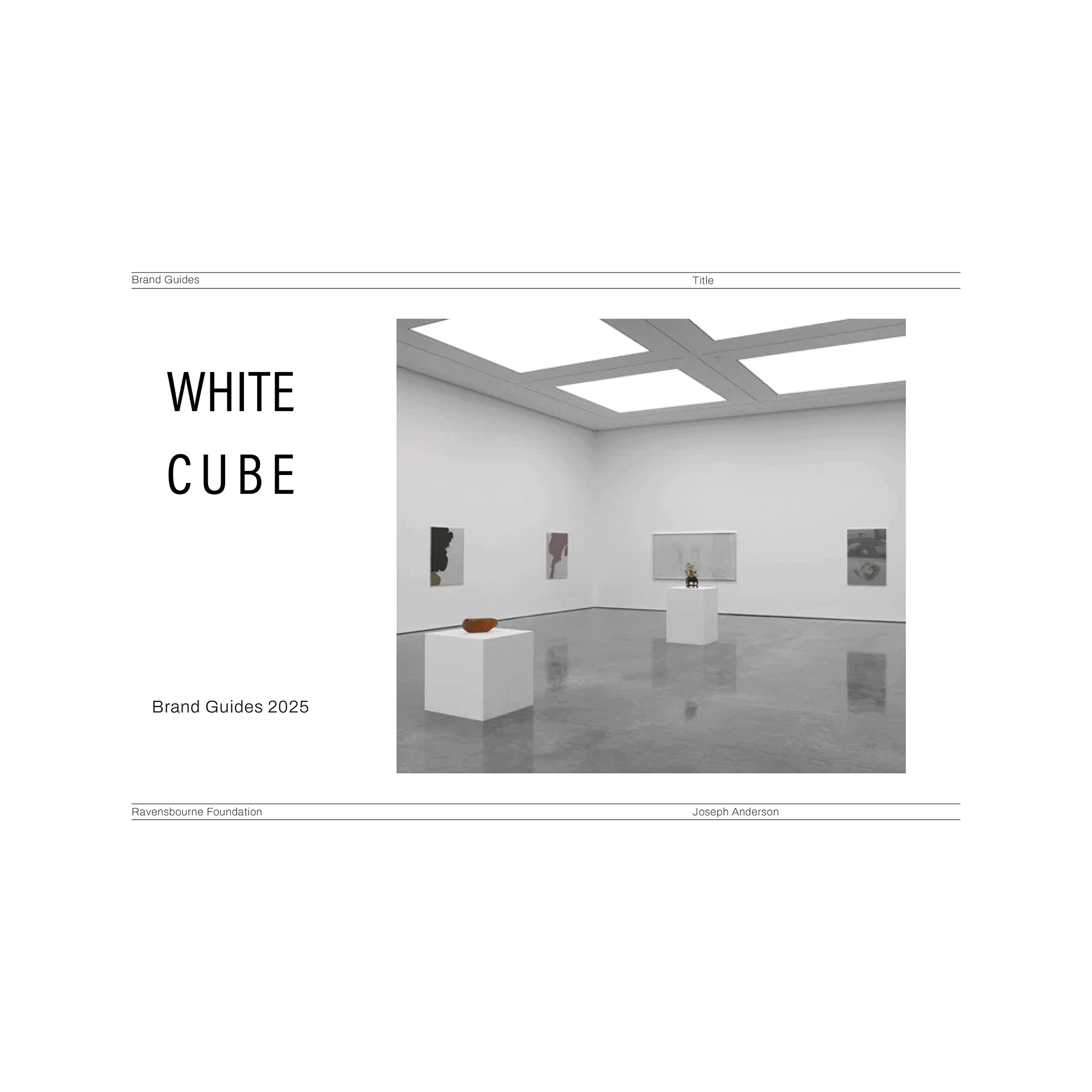Joseph Anderson
Joseph Anderson is a versatile practitioner who combines professionalism with a uniquely personal enthusiasm and passion. He has an innate drive for discovery, exploring a range of avenues of art theory and philosophy, before implementing them into his work. His ability to draw from a wide array of influences, to dissect and assimilate briefs, and evaluate information in a systematic manner allows him to create thoughtful and unique solutions. Sources range from scholars such as John Berger and Julian Bell to more avant-garde specialists, including Luigi Russolo.
Whilst his future career intentions are towards architecture, that has not limited the scope and breadth of his work, where he utilises multiple media and tools. InDesign has acted as a device for succinct communication, allowing Anderson to effectively create a narrative by exploring relationships and curating content. This is combined with a variety of physical methodologies of working, including mind maps, Post-It plans, sketchbook journaling, museum visits and presenting.
Anderson is also known for his ability to problem-solve and work within a team. He values peer review and critique to avoid conforming to his own biases, and instead, always works towards creating products that are considered and effective. However, Joseph also believes that the purpose of creating art is to demonstrate an individual way of perceiving a subject or idea, and therefore, will always root his practice in personal experience and knowledge.
